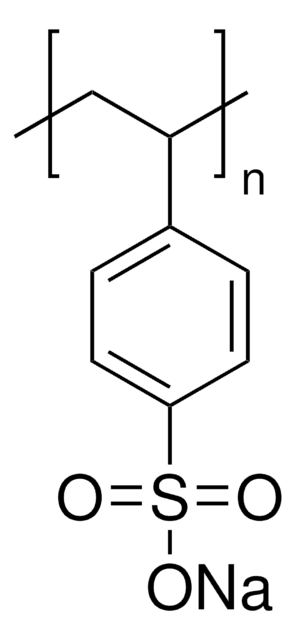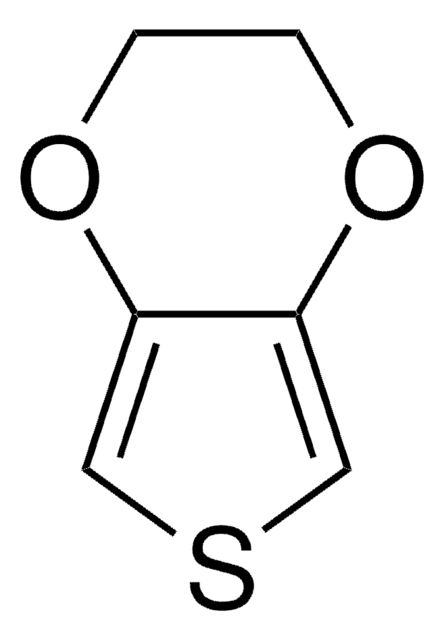435465
Poly(ethylene glycol)-block-poly(propylene glycol)-block-poly(ethylene glycol)
average Mn ~5,800
Synonym(s):
Pluronic® P-123, PEG-PPG-PEG
About This Item
Recommended Products
vapor density
>1 (vs air)
Quality Level
vapor pressure
<0.3 mmHg ( 20 °C)
form
solid
feed ratio
20:70:20 (EO:PO:EO)
mol wt
average Mn ~5,800
composition
PEG, 30 wt. %
refractive index
n20/D 1.465
surface tension
34 dyn/cm, 25 °C, 0.1 wt. % in H2O
viscosity
350 cP(60 °C, Brookfield)(lit.)
transition temp
Tm (DSC) 39 °C (at peak)
cloud point 90 °C (1 wt. % aqueous solution)
density
1.018 g/mL at 25 °C
HLB
7 - 9
InChI
1S/C3H6O.C2H4O/c1-3-2-4-3;1-2-3-1/h3H,2H2,1H3;1-2H2
InChI key
RVGRUAULSDPKGF-UHFFFAOYSA-N
Looking for similar products? Visit Product Comparison Guide
General description
Application
Features and Benefits
Physical form
Legal Information
Storage Class Code
11 - Combustible Solids
WGK
WGK 1
Personal Protective Equipment
Choose from one of the most recent versions:
Already Own This Product?
Find documentation for the products that you have recently purchased in the Document Library.
Customers Also Viewed
Articles
Scientists at Sigma-Aldrich® routinely determine number-average molecular weight (Mn) by 1H NMR end-group analysis for polymers having Mn values under 3,000.
Mesoporous materials are formed by a self-assembly process from combined solutions of sol-gel precursors (e.g., metal alkoxides) and structure-directing amphiphiles, usually block-copolymers or surfactants.
A Review of Mesoporous TiO2 Thin Films
Our team of scientists has experience in all areas of research including Life Science, Material Science, Chemical Synthesis, Chromatography, Analytical and many others.
Contact Technical Service








